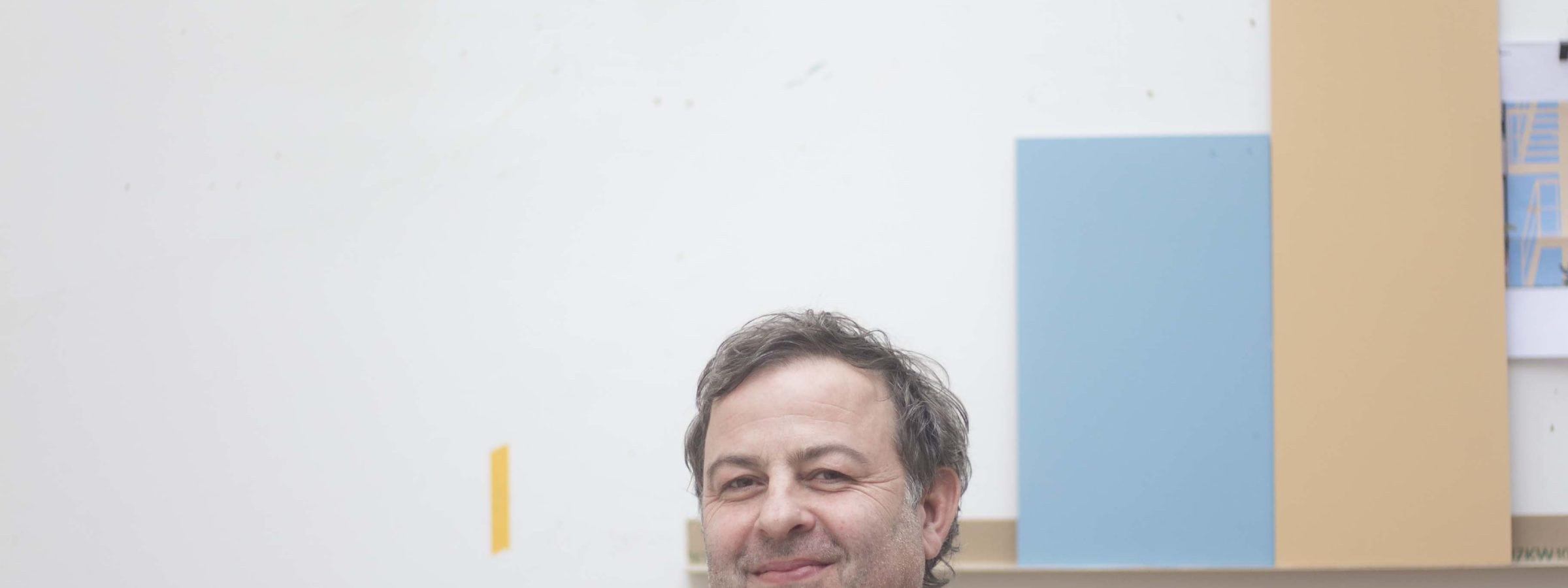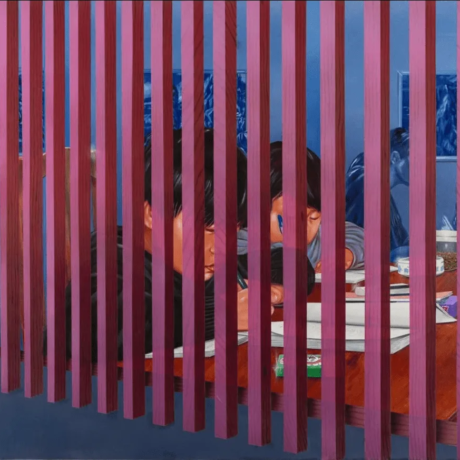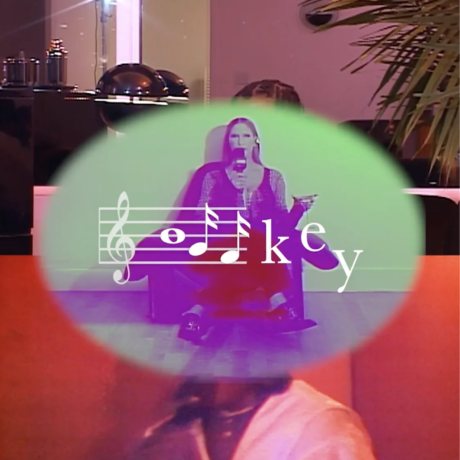For Swiss artist Boris Rebetez, space is as much about time as physicality. His work explores negative and positive interplay through abstract sculpture and installation, while his figurative watercolours and drawings depict implacable architectural environments that reference post-war concrete housing projects and their more suburban counterparts.
Your work seems to be constantly referencing urban spaces, especially those that offer both the tranquil garden and the concrete high rise. Is this paradox important to you?
I have become increasingly interested in urban landscapes over the years. Especially when those city landscapes try to create micro-moments of rupture that turn into countryside landscapes. In the 1920s this was quite often the case with town planning. After the First World War, the focus was on optimizing the life of the worker by adding green components to their living quarters. It was a very socially optimistic way of looking at architecture, but one hundred years on, the dynamics of those buildings have changed drastically. The inhabitants of these once social houses are now rich and it’s a luxury to live in such a place.
So in a sense you’re concentrating on suburban gentrification?
Yes, in a way. I’m exploring this, but I also try to draw on the monotony of such a lifestyle choice. My watercolours are quite still and tranquil. You do not find severe political implications or actions. The weather never changes, the seasons are always the same. It’s forever picturesque.
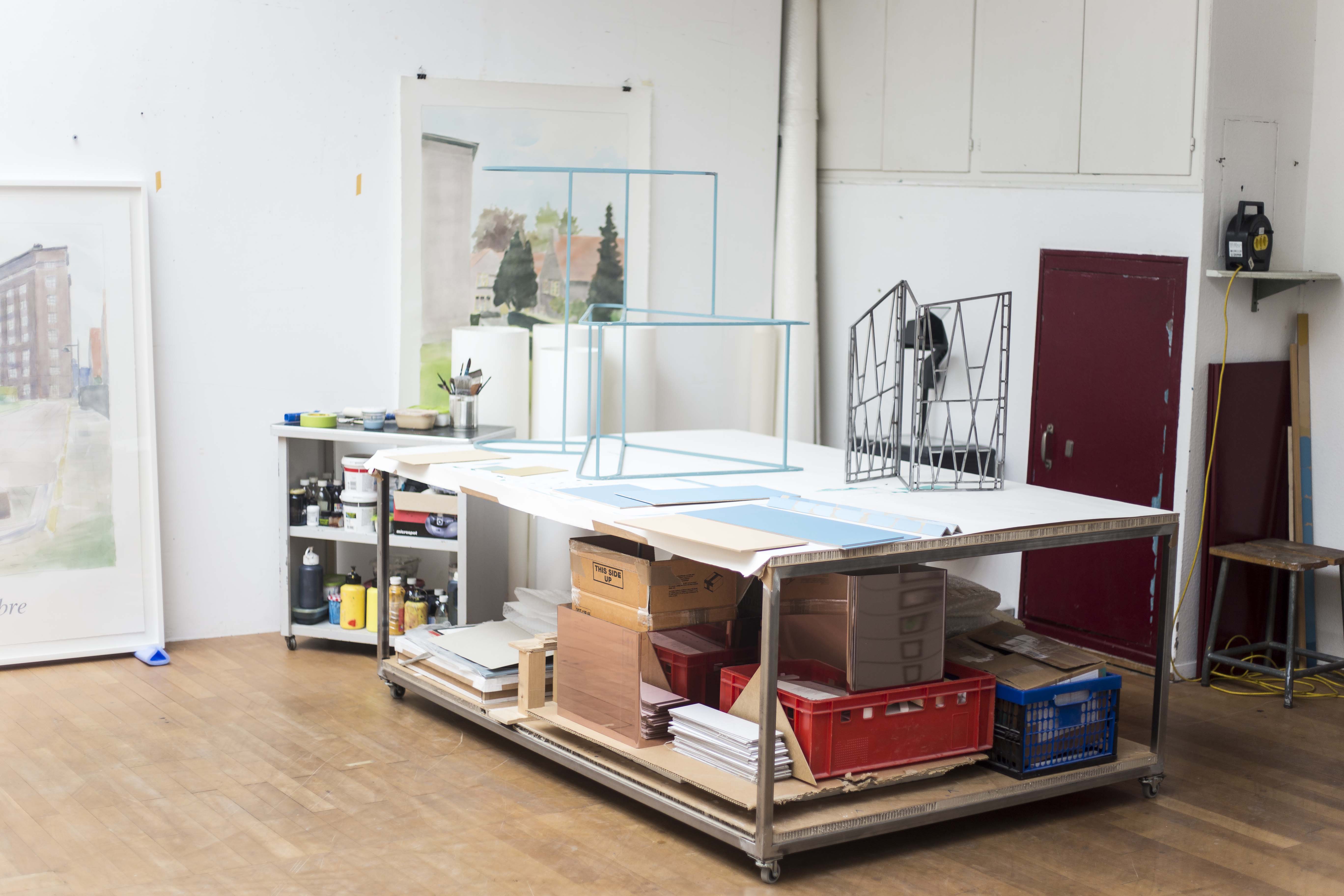
There is also not a single human in sight—I guess by avoiding them the image has a timelessness. If I only view the architecture I don’t know if it’s the 1920s or 2018.
It’s true, you don’t see a people in the watercolours, but the other work surrounding these garden cities is a slideshow—you occasionally can see people passing through in those images. But as a general rule I almost never use people in my work. This is because I always see the work as a method for creating a new context and I never want to merely create a representation. When the work enters the gallery, I have a cast. The viewers become the actors and in turn become the people in my cityscapes. I know that sounds a little idealist and I don’t know if it works out like that but for me, as the artist, I see it this way. Also, this method of creating a timelessness, which can’t be measured by fashion or contained in a human identity, is something I really try to achieve in the works. That could be another reason I omit the figures.
It could be a representation of anywhere, at any point —this is sometimes eerie. It can seem like the town has been abandoned or has become a lost relic.
In a way you are right, but we could also say that the potential of a radical utopia is always perfect beyond comprehension. These future projections always look good because they haven’t happened yet. We can’t quite say the same for past utopias, or the present ones, as they are in progress, so that’s also a different space for judgement. This is a question I want to pose in my work, but in an ambivalent manner.
“It’s difficult to say if I really believe in utopia, because all of these projects from the 1920s and the 1970s have become perverted… But I’m still very fascinated by the notion”
Personally, I’m not for modernity nor against it. I’m actually from the countryside, but now I live in the city. It’s always the question for me if a loss of identity is positive or negative. Do I even lose a part of my identity? And what can we lose between these states of past, present and future?
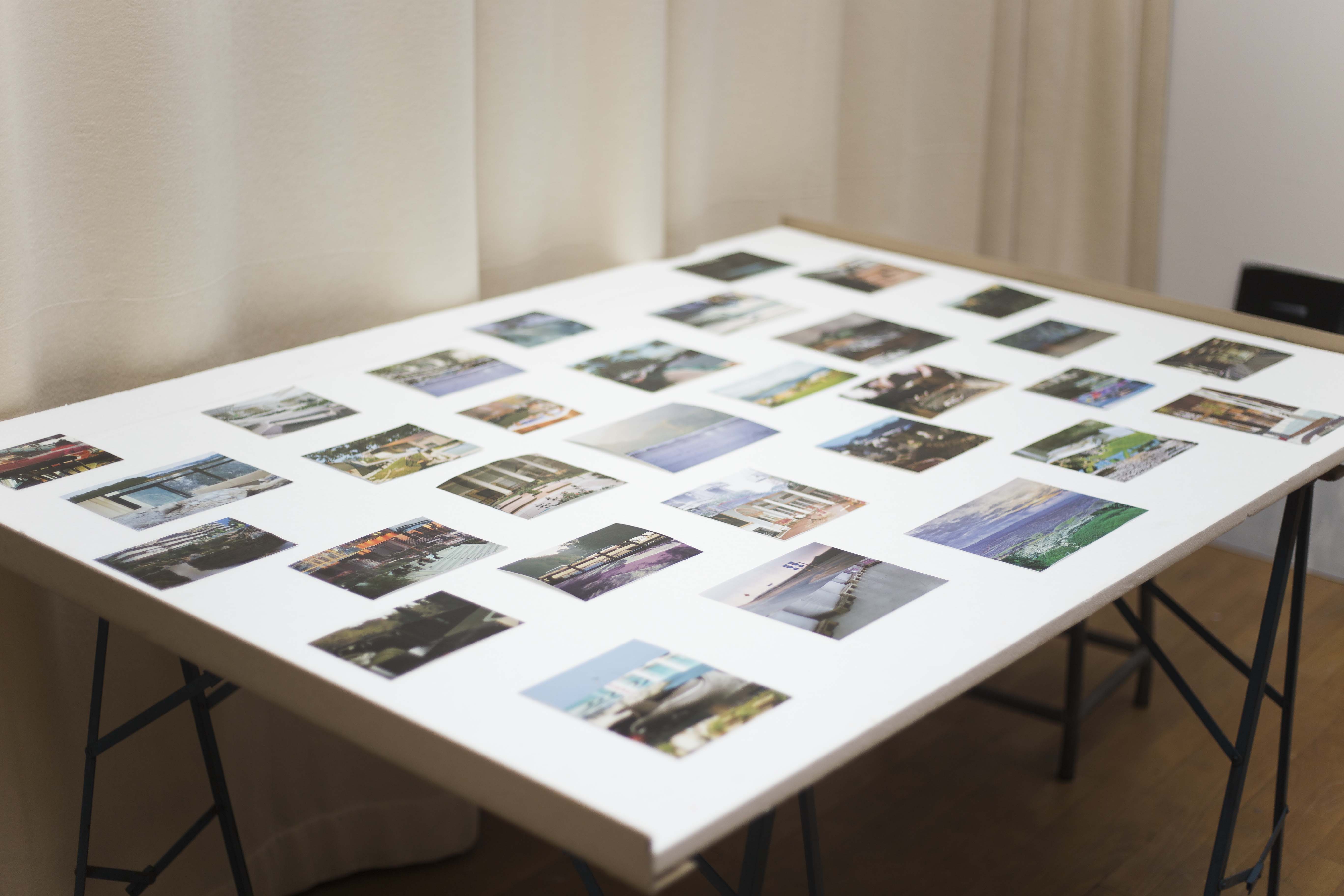
You’re also talking about the identity we project onto our surroundings, even onto buildings, which we normally think of as stationary, solid objects. Can they be in flux, depending on their social position at a given point time?
Yes, look at how much of a role identity plays in society today. Each country is under strain, whether it be from an economic or social divide. The ideas of identity get starker, there is less room for a broad range of identities. There is less movement, less fluidity, even if you look at a country thirty years ago, there was more freedom. We are in a dark time. This question forms the pinnacle of my work. I’m asking if there is a possibility for human development, or a negation of the human entirely.
It’s interesting to think about architecture in terms of national identity. Each house becomes a relic to a previous set of identities. A social housing unit becoming a bourgeois home is exactly one of those examples. It’s amazing to think of a building in a psycho-flux.
All these questions started to come to me when I was living in Brussels, I lived there for fourteen years. I still feel so much more connected to that city than Basel, or at least to the idea of Europe rather than Switzerland, to be honest.
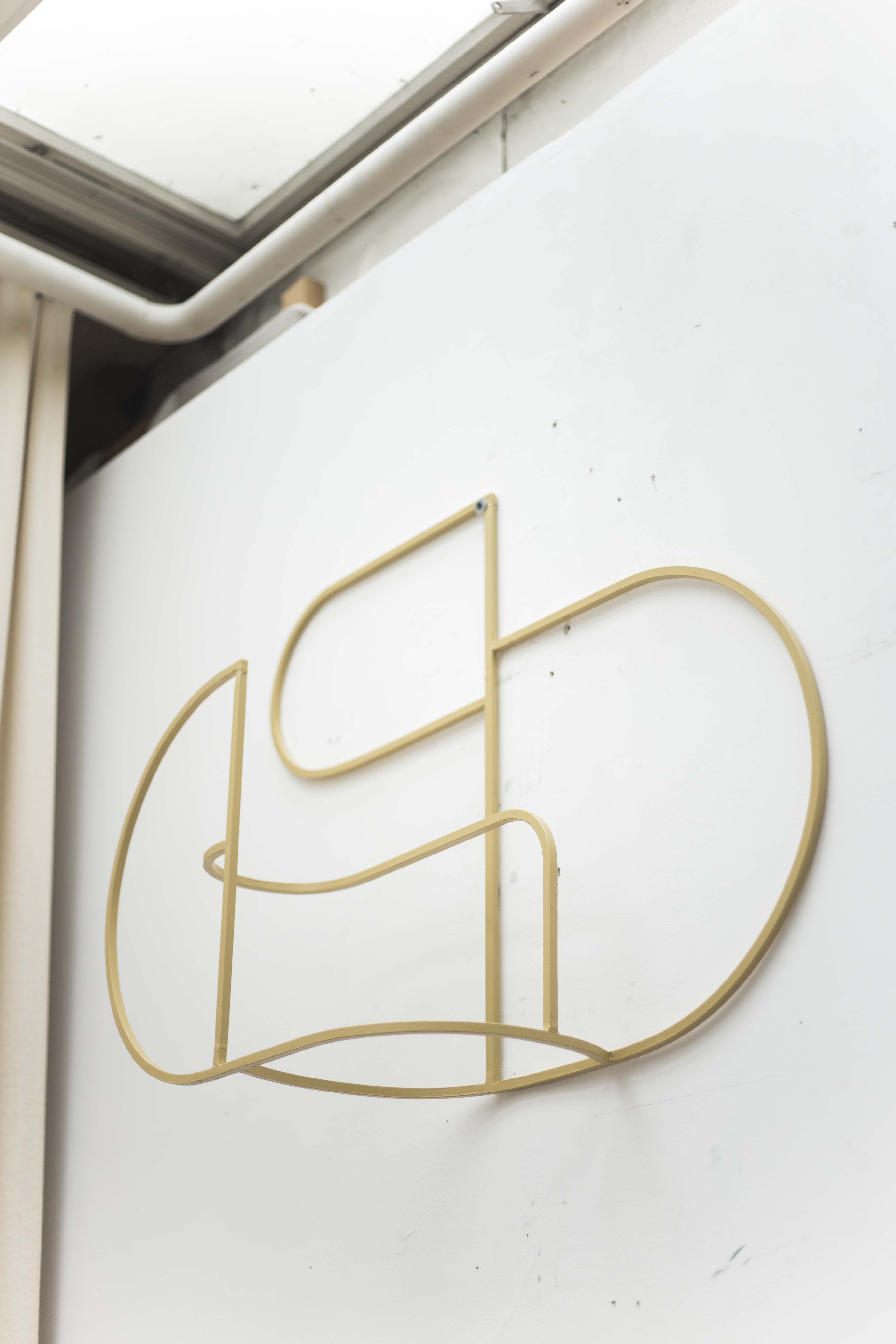
Do you really believe in the idea of a functioning utopia?
At the moment it’s difficult to say if I really believe in utopia, because all of these projects from the 1920s and the 1970s have become perverted. They are all dead cities, dead ideas. But I’m still very fascinated by the notion of utopia. I was born in the 1970s and I was perhaps one of the last children to grow up with the believable fiction of a new future. I’m always thinking about this; where the idea begins and the realization fails. It could be likened to religion or a new way of life. Sometimes I think it might be better to think of these things as failures before they even begin. Maybe it’s more about constructing an idea, rather than a physical realization.
Photography © Ignacio Fanti
